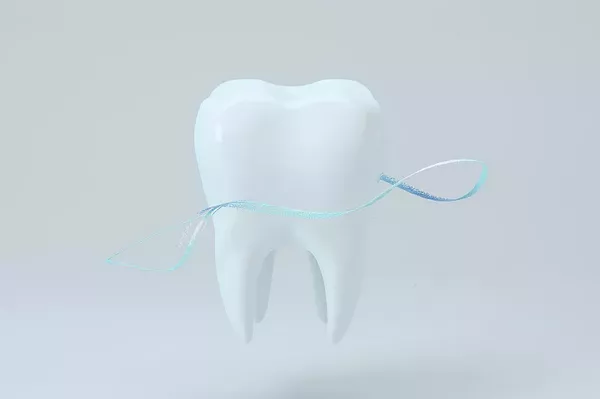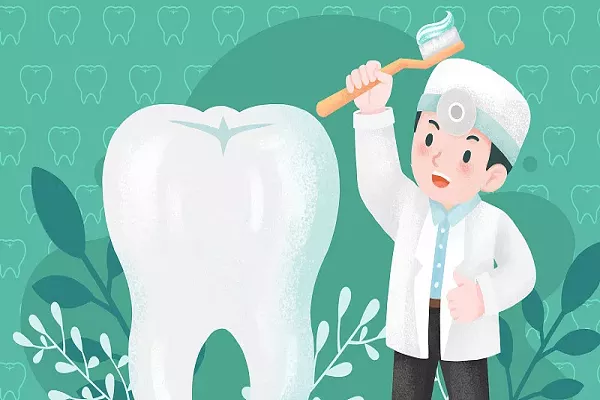Gum disease, also known as periodontal disease, is a common and potentially serious oral health condition that affects the gum tissues surrounding the teeth. It is essential to understand the causes of gum disease to prevent its development and maintain optimal oral health. In this article, we will explore the primary causes of gum disease, risk factors, and preventive measures to promote healthy gums and overall well-being.
Part 1: Understanding Gum Disease
What Is Gum Disease?
Gum disease is an inflammatory condition that affects the gums and, if left untreated, can lead to damage to the supporting structures of the teeth, including the bone and ligaments. There are two main stages of gum disease:
a. Gingivitis: Gingivitis is the early and reversible stage of gum disease. It is characterized by red, swollen, and bleeding gums. At this stage, the infection is confined to the gum tissues and has not affected the underlying bone.
b. Periodontitis: If gingivitis is not treated promptly, it can progress to periodontitis, which is the more advanced stage of gum disease. In periodontitis, the infection spreads deeper into the gum pockets, causing damage to the bone and supporting structures that hold the teeth in place. This can lead to tooth loss if not properly managed.
Part 2: Causes of Gum Disease
Plaque and Tartar Buildup
The primary cause of gum disease is the accumulation of plaque and tartar on the teeth. Plaque is a sticky film composed of bacteria, food particles, and saliva that constantly forms on the teeth. If not removed through proper oral hygiene practices like brushing and flossing, plaque can harden into tartar, which is more challenging to remove and provides a favorable environment for bacterial growth.
Poor Oral Hygiene
Inadequate oral hygiene practices, such as irregular brushing and flossing, can lead to plaque buildup and increase the risk of gum disease. Proper oral hygiene is essential for removing plaque and preventing its accumulation on the teeth and gumline.
Smoking and Tobacco Use
Tobacco use, including smoking and chewing tobacco, is a significant risk factor for gum disease. Tobacco products can impair blood flow to the gums, hinder the healing process, and weaken the immune system, making it harder for the body to fight off infections.
Hormonal Changes
Hormonal changes that occur during pregnancy, menopause, puberty, and menstruation can make the gums more sensitive and susceptible to gum disease. Proper oral care during these periods is crucial to maintain gum health.
Diabetes
Diabetes can weaken the body’s immune system and increase the risk of infections, including gum disease. Additionally, gum disease can make it challenging to control blood sugar levels, creating a two-way relationship between diabetes and gum health.
Certain Medications
Some medications, such as certain types of antihypertensives, anticonvulsants, and immunosuppressants, can affect gum health and increase the risk of gum disease.
Genetic Predisposition
Genetics may play a role in the susceptibility to gum disease. Some individuals may have a genetic predisposition that makes them more susceptible to developing gum disease, even with good oral hygiene practices.
Part 3: Preventive Measures for Gum Disease
Good Oral Hygiene
Practicing good oral hygiene is the foundation for preventing gum disease. Brushing at least twice a day, flossing daily, and using an antiseptic mouthwash can help remove plaque and reduce the risk of gum disease.
Regular Dental Checkups
Regular dental checkups and professional cleanings are essential for monitoring gum health and removing any tartar buildup that cannot be removed through regular brushing and flossing.
Healthy Lifestyle Choices
Avoiding tobacco use and maintaining a healthy lifestyle, including a balanced diet, regular exercise, and stress management, can contribute to overall gum health.
Managing Health Conditions
Effectively managing underlying health conditions like diabetes can help reduce the risk of gum disease and its complications.
Conclusion
Gum disease is a preventable and manageable condition, but understanding its causes is essential for maintaining optimal oral health. Plaque and tartar buildup due to poor oral hygiene are the primary culprits behind gum disease. Other risk factors, such as smoking, hormonal changes, certain medications, genetic predisposition, and underlying health conditions, can also increase the risk of gum disease. Practicing good oral hygiene, visiting the dentist regularly, making healthy lifestyle choices, and effectively managing health conditions are key preventive measures to promote healthy gums and prevent gum disease. By taking proactive steps to care for our gums, we can protect our oral health and maintain a confident and healthy smile for years to come.






























